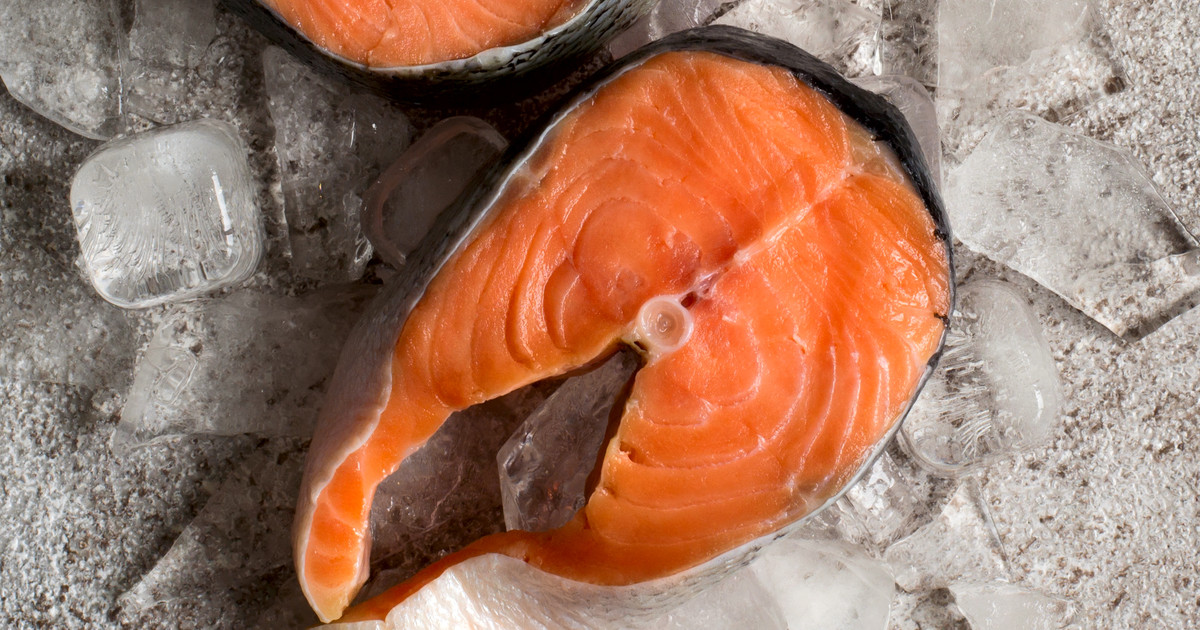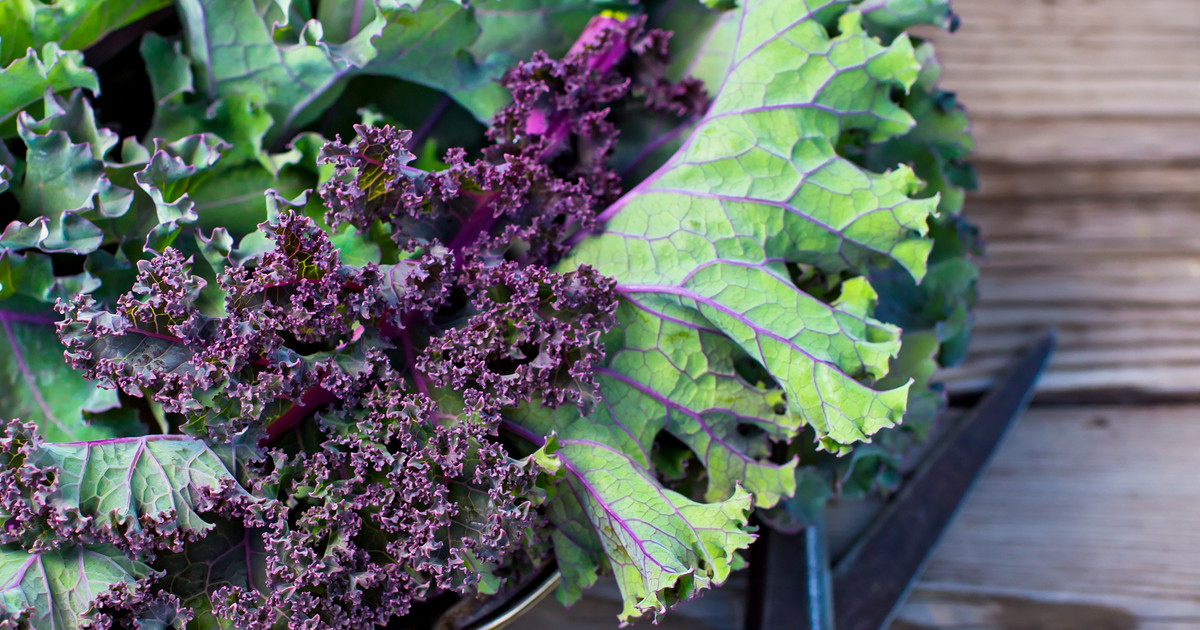Guide To The Foods To Eat For Osteoporosis
Dark And Leafy Greens
The importance of calcium for treating osteoporosis cannot be overstated. Individuals need a lot to ensure they minimize the symptoms and unfortunate side effects associated with this brittle bone condition. This is why osteoporosis patients will need to eat lots of dark and leafy greens in their diet. Dark and leafy greens include kale, collard greens, spinach, and broccoli. Collard greens contain 232 milligrams of calcium for every 100 grams. This is more than kale’s 150 milligrams for every 100-gram serving. Unfortunately, both of these leafy greens can be bitter, which means that individuals are less likely to consume them. This is something that osteoporosis patients will have to force themselves to overcome.
These dark and leafy greens also contain vitamin K, which studies suggest influences bone density. Specifically, if individuals do not get enough vitamin K in their blood, they will have lower bone density. However, this vitamin is much harder to consume enough of than calcium. This is why everyone needs more greens in their diet than they might believe.
Patients need to eat more of this next food if they are going to have a chance at improving their bone strength.
Fish
Fish can be helpful for patients with osteoporosis. Some types, such as sardines and salmon, contain some calcium, though not as much as what is found elsewhere. Mackerel, salmon, and tuna also contain high amounts of vitamin D, which will help the body absorb calcium a little better. This is helpful because, without vitamin D in fish, patients would absorb very little calcium from the fish that they consume. There is, however, another reason why individuals may want to consider eating more fish. Evidence suggests that phosphorus can help bones grow strong. Salmon appears to contain a fair amount of phosphorus.
Get the full details on just how much of the next food osteoporosis patients need to consume now.

